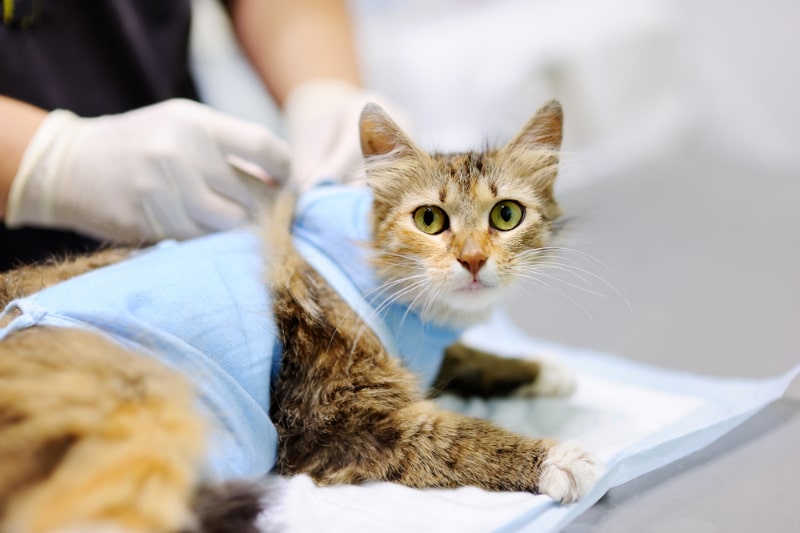Getting your cat spayed (female) or neutered (male) is a common and important consideration when you’re a new cat parent. The price of spaying and neutering tends to vary based on your cat’s gender—the procedure is more expensive for female cats—and your location.
In some areas in the UK, you can get your cat spayed or neutered for as little as £5 or even for free (via Cats Protection if you qualify) and in some areas, the procedure can cost well over £100. Read on to find out more.
The Importance of Spaying and Neutering
According to the RSPCA, the UK cat population is at a “crisis point.” Getting your cat spayed or neutered from an early age will help reduce the number of unwanted pregnancies and the number of cats that potentially end up homeless as a result.
The RSPCA also lists a multitude of benefits to getting your cat spayed or neutered. In addition to preventing unwanted pregnancies, it reduces the risk of testicular cancer in male cats and uterine cancer in female cats as well as infections in this area.
Other benefits include reduced urine marking and aggression, prevention of birth defects, and the reduced risk of your cat being stolen. Sadly, cats and dogs are sometimes stolen for breeding purposes when they are not neutered or spayed.
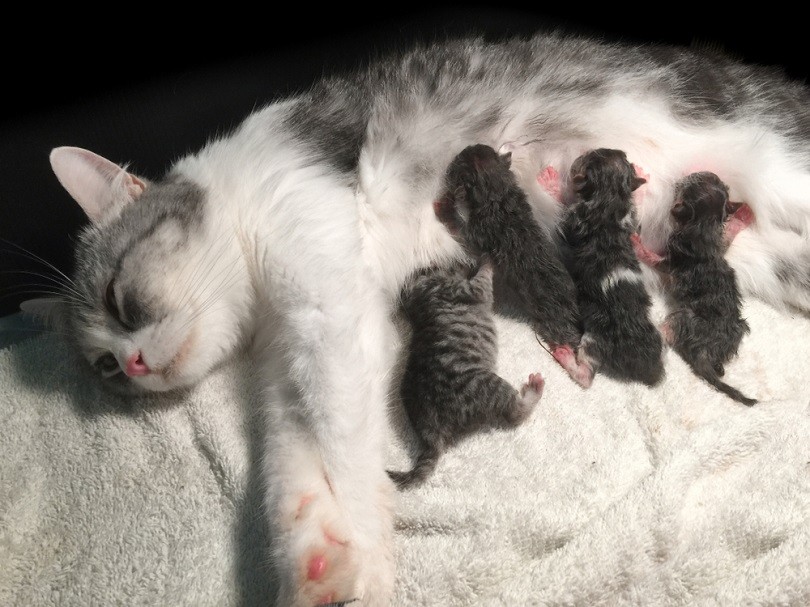
How Much Does Spaying and Neutering Cost?
This varies greatly from location to location. To simplify matters, we’ve checked out various vets and organizations in different UK locations and put together their spaying and neutering costs in the below table.
| Location and Clinic Name | Neutering/Castration (male) | Spaying (female) | Additional Details |
| Kensington, London – Kensington Vet Care | From £109.50 | From £145 | |
| London – Celia Hammond Animal Trust | £20 | £25 | Offers veterinary services for pets whose owners are on benefits or whose income is low |
| Birmingham – Pype Hayes Vets | £57.17 | £75.34 | |
| Bristol – Atherton Vets | £75 | £95 | |
| North Yorkshire – Skeldale Vets | From £35.46 | From £46.60 | |
| Denbighshire, Wales – Rhianfa Veterinary Centre | £75 | £85 | |
| Edinburgh and Lothian, Scotland – Gordon Vets | £90 | £133.75 | |
| Various Locations – Cats Protection | Free, £5–10 | Free, £5–10 | Via regional neutering campaigns—you must be eligible based on certain grounds |
As we can see from the table, the procedure can be free or very cheap if you meet certain criteria and can go as high as £145—likely even more at some clinics. London appears to be the most expensive area for veterinary treatment, but this comes as no surprise.
Apart from the prices offered by organizations like the Celia Hammond Animal Trust and Cats Protection, we found the cheapest prices in the North of England and the South West, though prices still vary within those regions depending on the clinic you choose.
Additional Costs to Anticipate
Fortunately, in many cases, the cost of spaying and neutering includes all the extras your pet will need to undergo the procedure, such as pain relief, general anesthetic, stitch removal, and a post-operation consultation with the vet.
We recommend double-checking that your chosen clinic includes these things in its spaying and neutering prices. Also, what’s included in the price may vary from clinic to clinic so it’s always best to get all the information in advance.
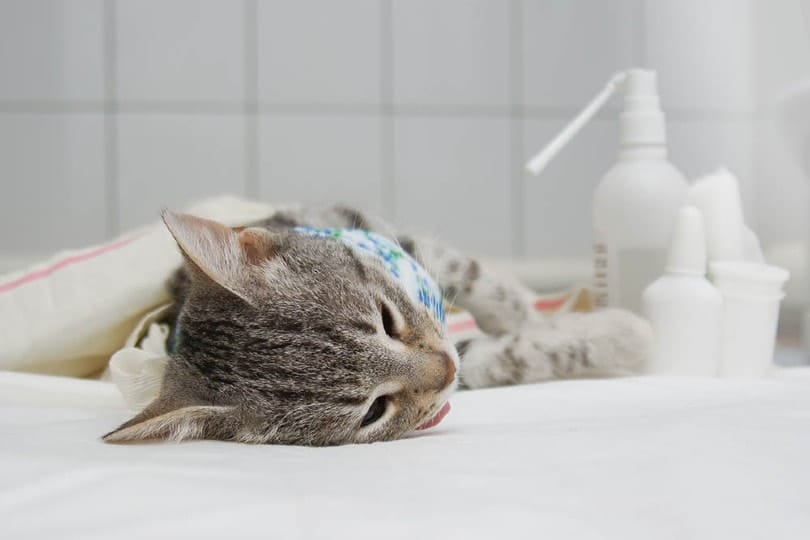
When Can I Get My Cat Spayed or Neutered?
According to Blue Cross, cats can be neutered at around 4 months old once their first vaccinations have been completed, though the organization also mentions that some vets recommend the procedure be carried out at 5 or 6 months.
For this reason, we’d advise that you get in touch with your local vet to ask what they would recommend. It’s also perfectly fine to spay or neuter older cats, so don’t worry if you have a rescue cat or haven’t gotten around to getting your cat spayed or neutered yet—it’s never too late.
Does Pet Insurance Cover Spaying and Neutering?
Typically, no, as getting a cat spayed or neutered is considered to be the pet owner’s sole responsibility. For this reason, pet insurance providers don’t tend to include these kinds of procedures in their comprehensive accident and illness plans. That said, some pet insurance providers do offer what’s known as a “wellness” plan, though the name varies (preventative care plan, routine care plan, etc.).
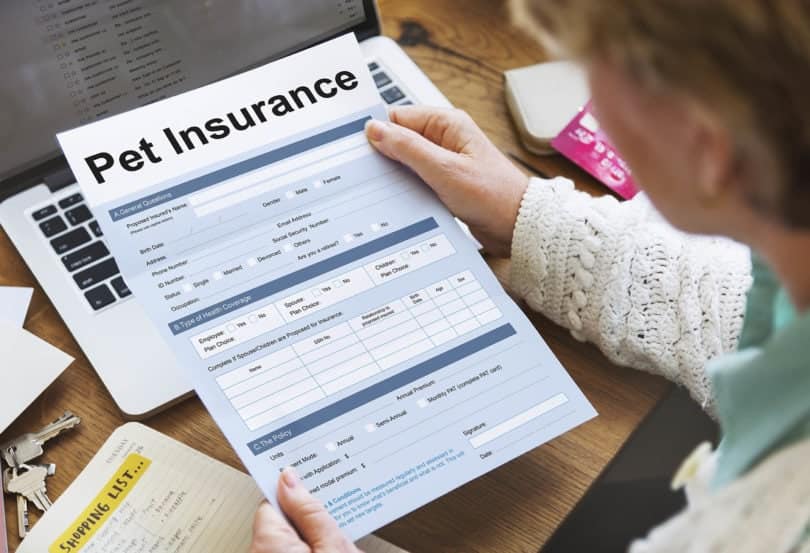
Wellness plans are optional and are designed so that you can get reimbursed for more general, routine pet care procedures like spaying and neutering, microchipping, nail trimming, dental care, and annual wellness exam fees among other things. Not every insurance provider offers this kind of add-on, though, so be sure to check the specific policy of the provider you have in mind.
How to Prepare Your Cat for Spaying or Neutering
When you make the appointment for the surgery, the vet will explain to you what steps to take prior to the surgery. It’s best to check with your vet in case their instructions differ, but, according to Wangford Vet Clinic in Suffolk, you need to take the following actions.
Please note that kittens under 4 pounds are typically allowed a small amount of food before surgery. It’s best to check this with your vet.
- Feed your cat at around 8 pm and offer no food to your pet after 9 pm (including milk and treats). Water is permitted overnight but should be taken away first thing in the morning.
- The cat should be kept indoors overnight.
- Offer no food or water in the morning to minimize the risk of your cat vomiting under anesthetic.
- Ensure your cat is clean and dry for the procedure to prevent infections.
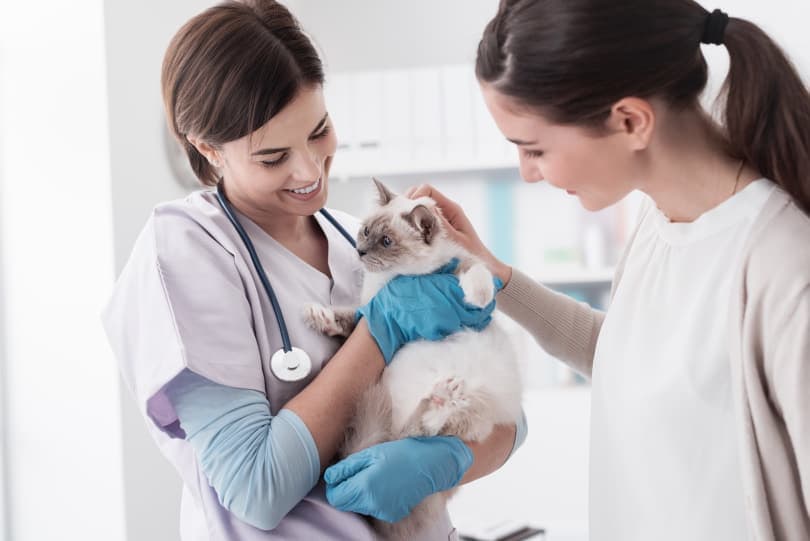
Conclusion
We all know it—vet fees are expensive and, unfortunately, in some cases, spaying and neutering procedures are no exception. That being said, the benefits of spaying and neutering far outweigh the one-time cost. If you’re having trouble affording the procedure for your cat, an option is to seek out organizations that offer spaying and neutering at a reduced cost.
Featured Image Credit: De Visu, Shutterstock

